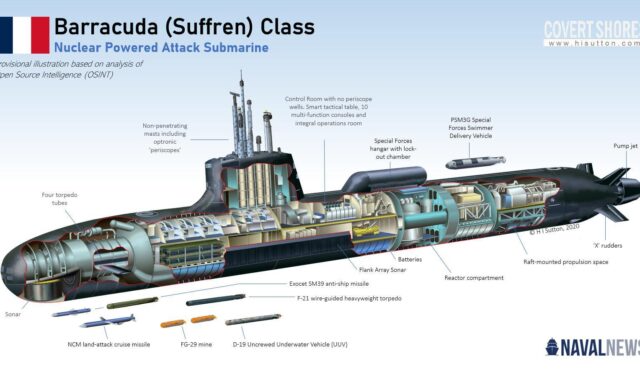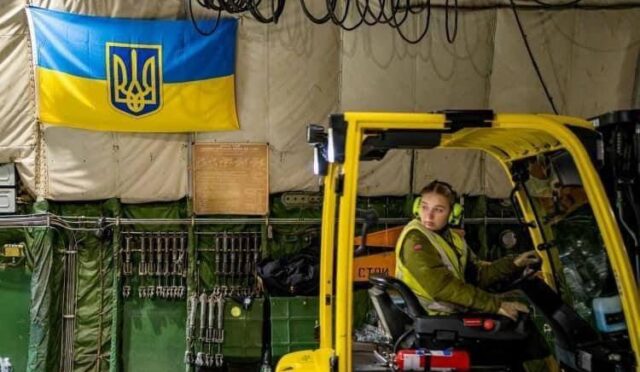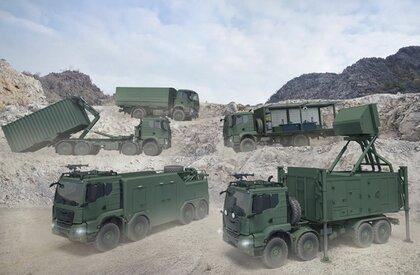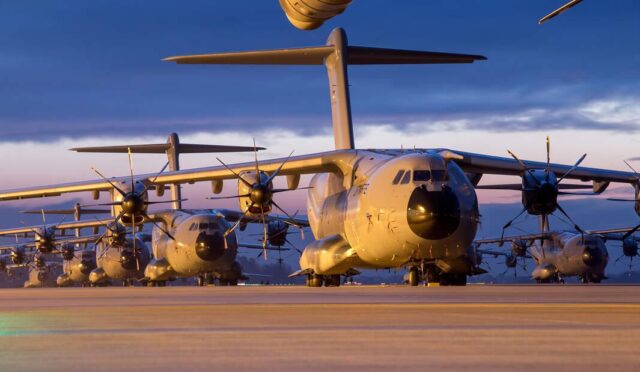Lithuania Enhances Anti-Tank Capabilities
Lithuania is taking significant steps to strengthen its anti-tank capabilities with a new procurement of Carl-Gustaf recoilless rifles from the Swedish defense firm Saab. This agreement, announced last week, involves the delivery of an undisclosed number of shoulder-fired weapons, along with essential spare parts, for a total cost of 14 million euros (approximately $14.5 million). According to the Lithuanian Ministry of National Defence, these advanced weapons are intended to enhance military maneuvers in regions potentially threatened by hostile tanks and armored vehicles, as well as to effectively neutralize enemy positions.
The delivery of these anti-tank rifles is expected to take place between 2025 and 2026, marking a critical upgrade to Lithuania’s military capabilities. This latest order follows similar contracts made in 2022 and 2023 for the Carl-Gustaf M4, though the specific number of units currently in Lithuania remains unspecified. The strategic importance of these acquisitions cannot be overstated, as they reflect the nation’s commitment to bolstering its defense in an increasingly volatile security environment.
The Versatile Carl-Gustaf M4
The Carl-Gustaf M4 is a lightweight, man-portable weapon system specifically designed to empower dismounted soldiers in countering armored threats effectively. Weighing in at just 7 kilograms (15 pounds), this versatile weapon can launch rockets weighing 4 kilograms (9 pounds) and is capable of penetrating armor up to 500 millimeters (19.6 inches) thick. The M4 is compatible with various types of munitions, including high-explosive anti-tank rounds, anti-structure shells, illuminating projectiles, and multi-target rounds, making it a highly adaptable tool in combat scenarios.
Since its introduction in 2014, the Carl-Gustaf M4 has gained adoption by at least 14 countries, a testament to its reliability and effectiveness in modern military operations. Depending on the warhead used, this weapon can engage targets effectively at ranges exceeding 1,000 meters (3,280 feet), showcasing its potential as a game-changer on the battlefield.
Geopolitical Context and Defense Preparedness
Lithuania’s decision to enhance its anti-tank capabilities is largely influenced by growing concerns over potential Russian aggression. As the conflict in Ukraine continues, there is an increasing fear that Russia may target a NATO member state next, especially if it achieves its objectives in Ukraine. Since joining NATO in 2004, Lithuania has emerged as a significant contributor of military aid to Ukraine, committing more than 705 million euros (approximately $733 million) since the war began in 2022.
In response to these escalating threats, Lithuania’s top military leadership has underscored the critical need for preparedness, advocating for a strategy of ‘total defense’ should Moscow’s aggression extend to neighboring countries. This proactive approach highlights Lithuania’s commitment not only to its own national security but also to the collective defense of NATO allies in the face of rising regional tensions.







